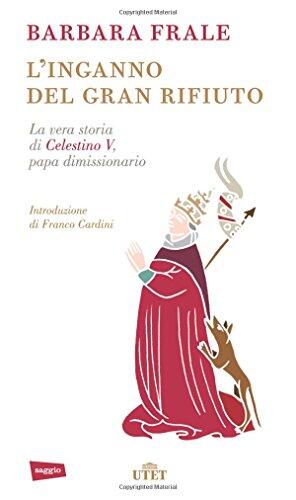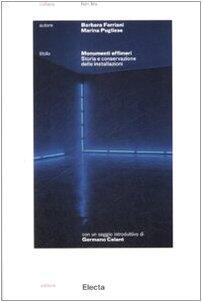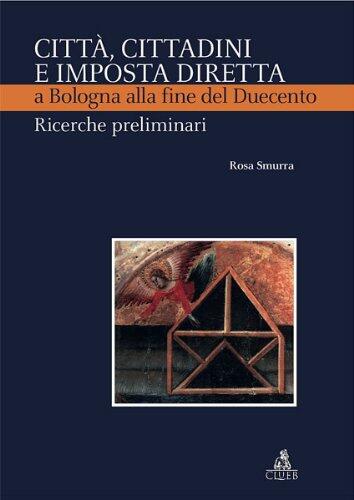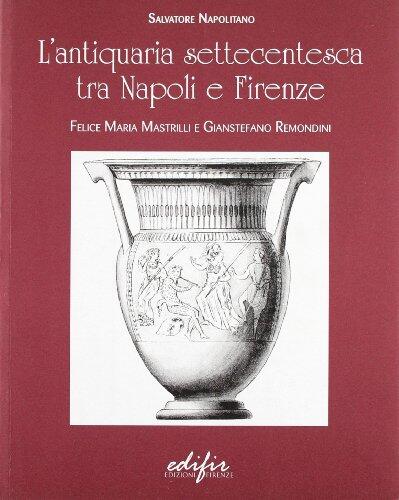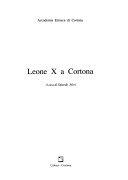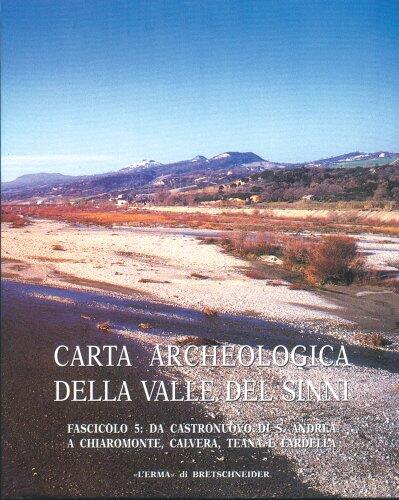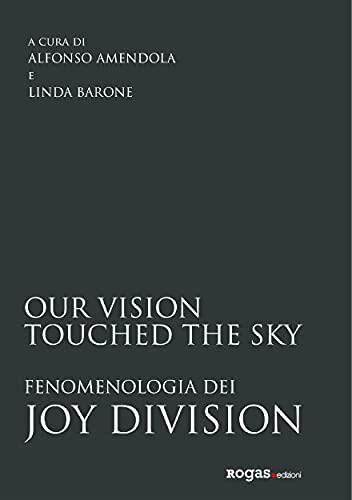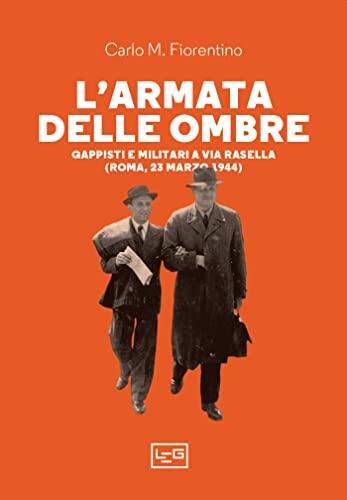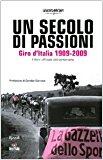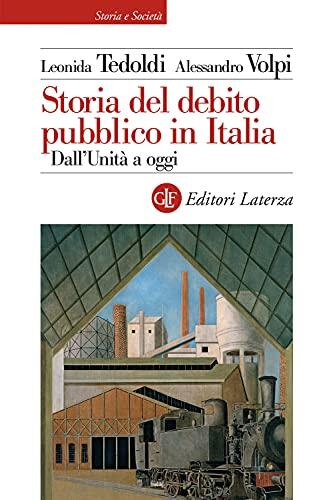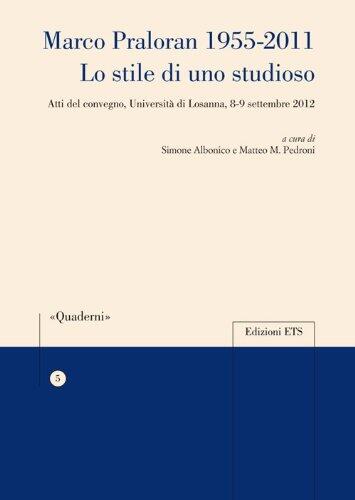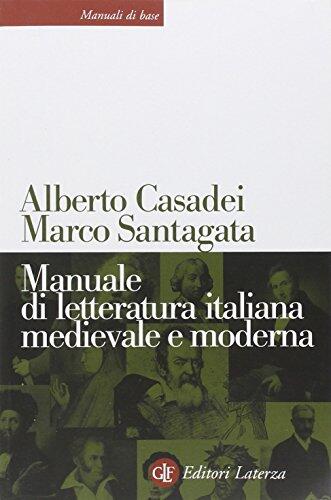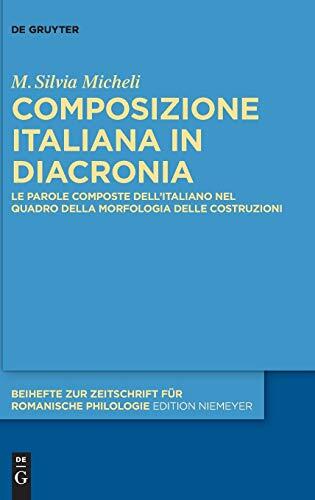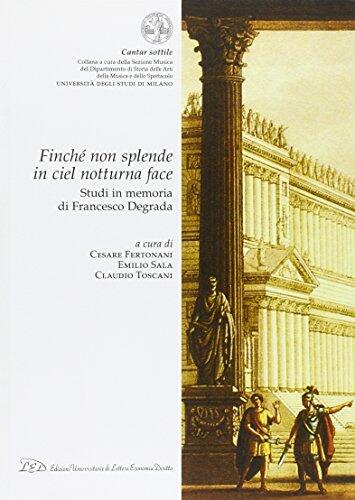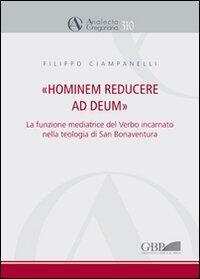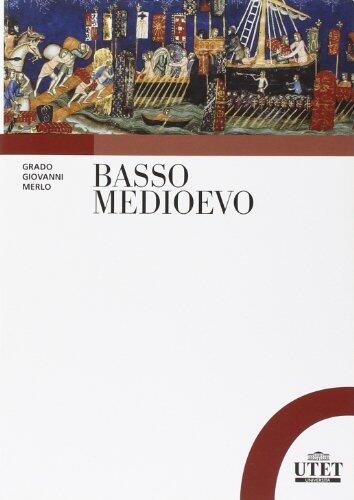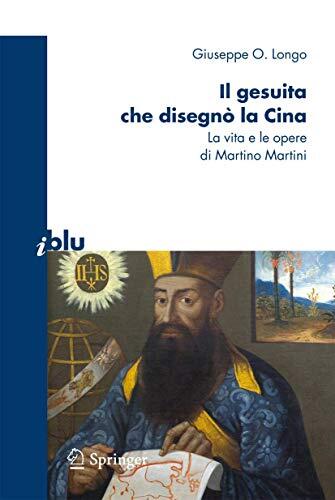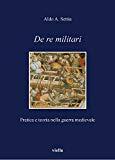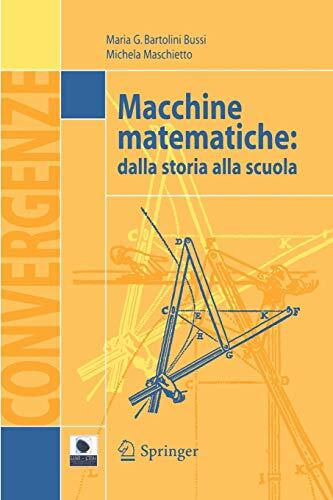
Macchine matematiche: Dalla storia alla scuola
还没有评分
History
Philosophy
格式
平装书
页数
178
语言
意大利语
已发布
Nov 7, 2005
出版商
Springer
版本
1a Corrected ed. 2006, 4a ristampa con modifiche 2007
ISBN-10
8847004020
ISBN-13
9788847004023
描述
In the fascinating exploration of mathematical machines, two skilled educators, Maria G. Bartolini Bussi and Michela Maschietto, take readers on a journey that intertwines history with modern educational practices. Their insights shed light on how mathematical tools have evolved over time and how these developments have influenced teaching methodologies. This examination serves not just as a historical account, but as a crucial discussion on the relevance of these tools in contemporary educational settings.
The authors delve into the intricate link between the progression of mathematical devices and the learning processes within the classroom. Through engaging narratives and practical examples, they illustrate how these machines, from ancient abacuses to modern software, enhance the understanding of mathematical concepts. Readers will appreciate the thoughtful integration of historical context with actionable teaching strategies.
Using a blend of theory and practice, Bartolini Bussi and Maschietto encourage educators to reflect on their teaching practices while adopting innovative approaches. They advocate for a hands-on experience with mathematical machines, suggesting that such interactions can deepen students' comprehension and appreciation of mathematics.
Overall, the work is a valuable resource for educators looking to enrich their curriculum while paying homage to the rich history of mathematical innovation. It's an invitation to rediscover the power of mathematical machines in both historical and educational contexts, urging teachers and students alike to embrace the beauty of mathematics.
The authors delve into the intricate link between the progression of mathematical devices and the learning processes within the classroom. Through engaging narratives and practical examples, they illustrate how these machines, from ancient abacuses to modern software, enhance the understanding of mathematical concepts. Readers will appreciate the thoughtful integration of historical context with actionable teaching strategies.
Using a blend of theory and practice, Bartolini Bussi and Maschietto encourage educators to reflect on their teaching practices while adopting innovative approaches. They advocate for a hands-on experience with mathematical machines, suggesting that such interactions can deepen students' comprehension and appreciation of mathematics.
Overall, the work is a valuable resource for educators looking to enrich their curriculum while paying homage to the rich history of mathematical innovation. It's an invitation to rediscover the power of mathematical machines in both historical and educational contexts, urging teachers and students alike to embrace the beauty of mathematics.
